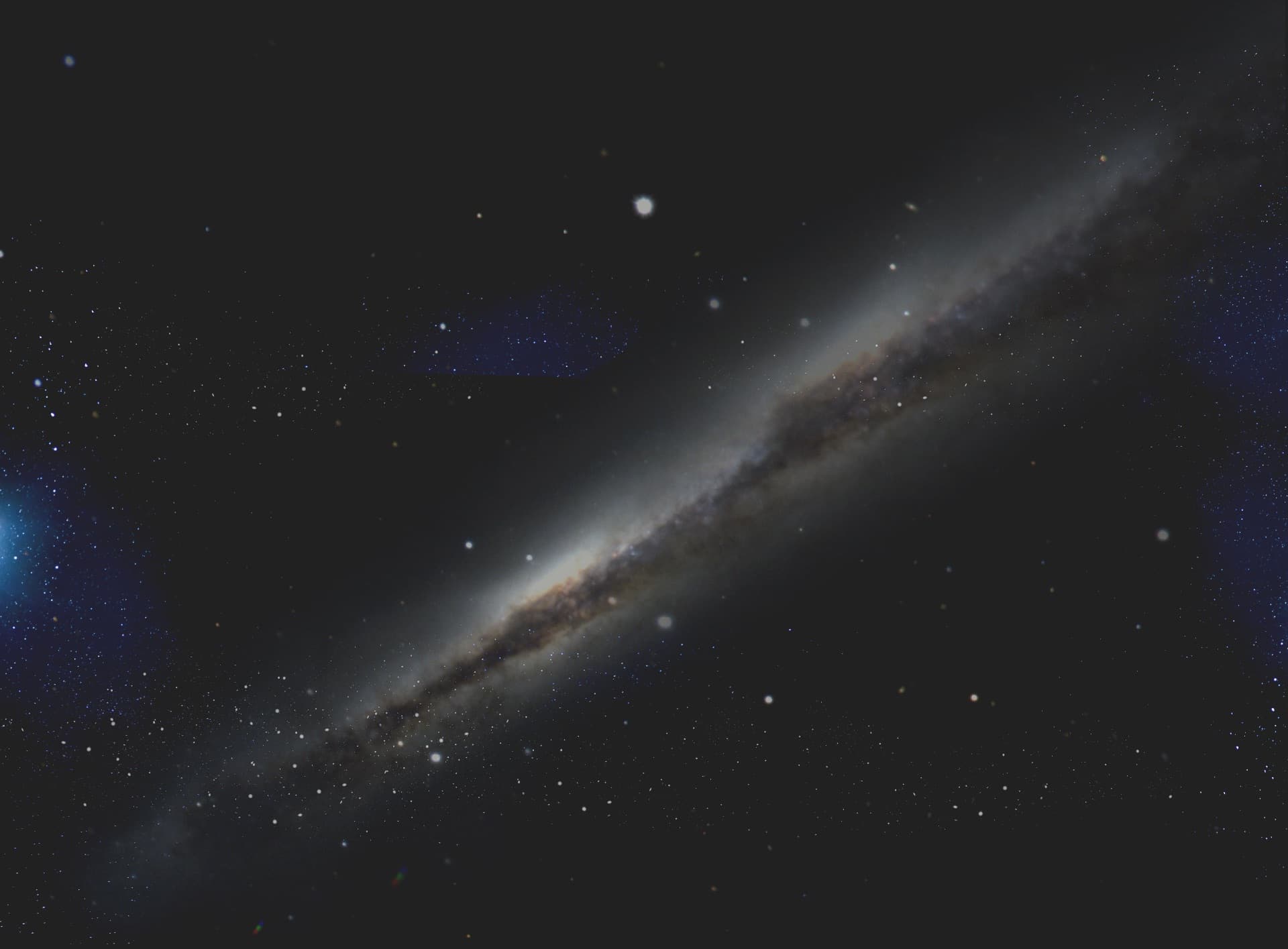- Article
- 28 pages
- Level: university
A paper by Margaret Boone Rappaport and Fr. Christopher Corbally, an astronomer with the Vatican Observatory, published in Zygon: The Journal of Religion and Science. From Zygon:
Abstract:
Intrigued by Robinson and Southgate’s 2010 work on “entering a semiotic matrix,” we expand their model to include the juxtaposition of all signs, symbols, and mental categories, and to explore the underpinnings of creativity in science, religion, and art. We rely on an interdisciplinary review of human sentience in archaeology, evolutionary biology, the cognitive science of religion, and literature, and speculate on the development of sentience in response to strong selection pressure on the hominin evolutionary line, leaving us the “lone survivors” of complex, multiple lines of physical and cultural evolution. What we call Matrix Thinking—the creative driver of human sentience—has important cognitive and intellectual features, but also equally important characteristics traced to our intense sociability and use of emotionality in vetting rational models. Scientist, theologian, and artist create new cultural knowledge within a social context even if alone. They are rewarded by emotional validation from group members, and guided by the ever present question, “Does it feel right?”
Click here to access this paper from the journal’s publisher.
